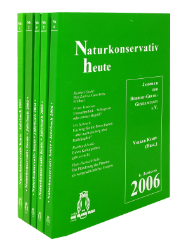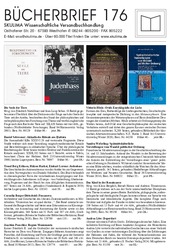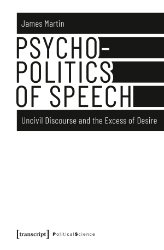
"...that I wished myself a horse"
The Horse as Representative of Cultural Change in Systems of Thought. Edited by Sonja Fielitz. 14 englischsprachige Beiträge verfolgen die kulturelle Bedeutung des Pferdes als Indikator für Veränderungen in Denksystemen, gegliedert in die Themenfelder "Authors and Texts", "Aesthetics" and "Linguistics". Since the classical myths of Pegasus and the centaurs, mankind in the Western world has shared a deep relationship with horses, and it is small wonder that the good-nature quadrupeds have also found their representations in innumerable literary texts. Rather than keeping to the traditional method of 'Motivgeschichte', however, this collection of essays for the first time traces the cultural significance of the horse as an indicator of change in systems of thought. Taking as its starting point the so-called 'Arbor Porphyriana' (3rd century), it delineates from literary as well as linguistic perspectives how horses have been culturally employed within the dichotomy between (irrational?) horses and (rational?) humans over the centuries. In doing so, it covers a time span of about 800 years providing essays on - among others - medieval Ireland, Shakespeare, Marlowe, 'horse ballet' of the 17th century, Swift, Marvell, Sewell, Kroetsch, as well as contemporary medial representations, and modern sports such as Freestyle Dressage. -- Contents: Sonja Fielitz: Introduction. - Paul Edmondson and Stanley Wells: Shakespeare and the Horse. - Erich Poppe: Equestrian Sports and their Social Space in Medieval Ireland. - Roy Eriksen: Marlowe's Horses. Vehicles of Desire and Change. - Hermann Josef Real: Swift Horsing Around, or, The Madness of Reason. - Kirsten Juhas: "A Dialogue between the Two Horses". A Seventeenth-Century Verse Satire and its Contexts. - Francesco Orestano: On the Wings of Pegasus. Sissy Jupe and National Velvet. - Susanne Peters: Writing/Riding on non-anthropocentric Horses. - Anja Müller: The Different Faces of 'War Horse'. Media Change and Cultural Implications. - Martin Kuester: The Horse as Symbol of Social Change in Canadian Literature. Re-Reading Robert Kroetsch's 'The Studhorse Man'. - Barbara Ravelhofer: Equestrian Ballet as a Representative of Cultural Change in Europe, c.1500-1700. - Sonja Fielitz: Theory Meets Practice. The Dimension of 'Presence' in Freestyle Dressage. - Rolf Lessenich: Neoclassical Poetics and the Art of Horsemanship. - Rolf Kreyer: Accompanying HORSE(s) through time. The Depiction of Horses from a Corpus Linguistic Perspective. - Christoph Schubert: Making Horse Sense. Phraseology and Metaphor as the Basis for Equine Cultural Models in English. - 226 Seiten mit 15 Abb., gebunden (Anglistische Forschungen; Band 451/Universitätsverlag Winter 2015)












